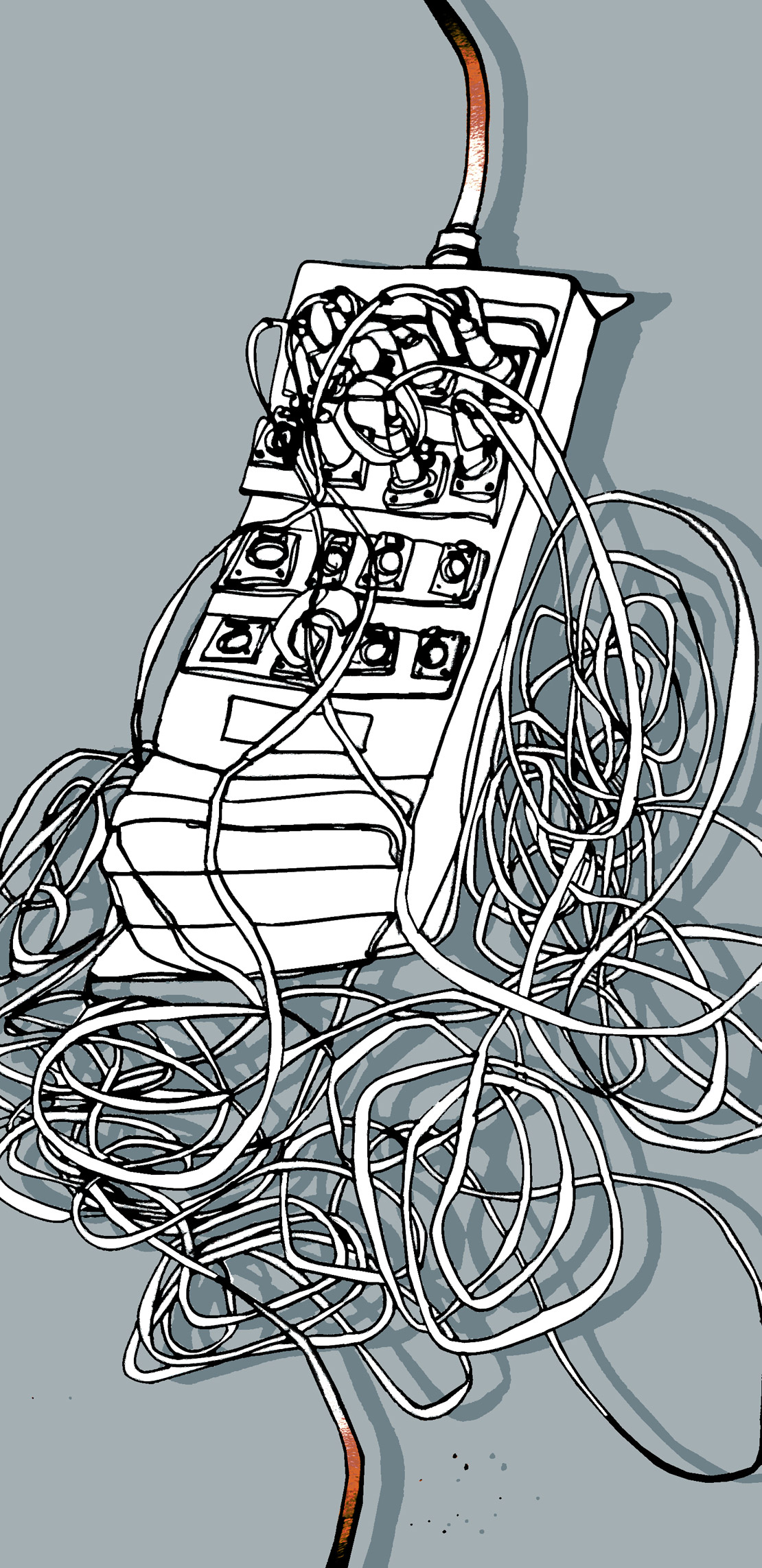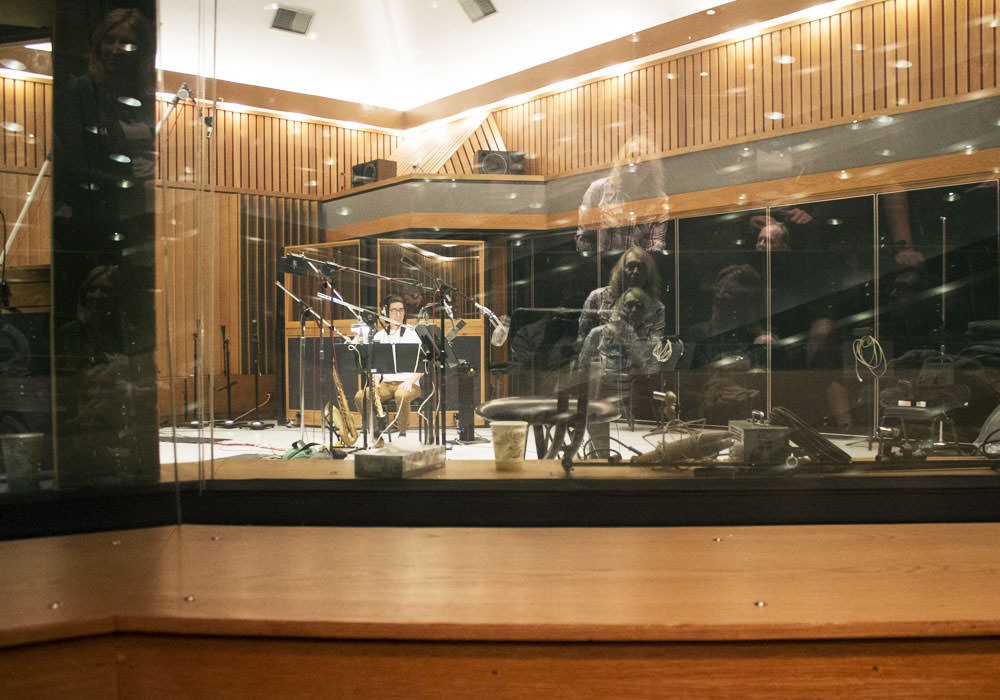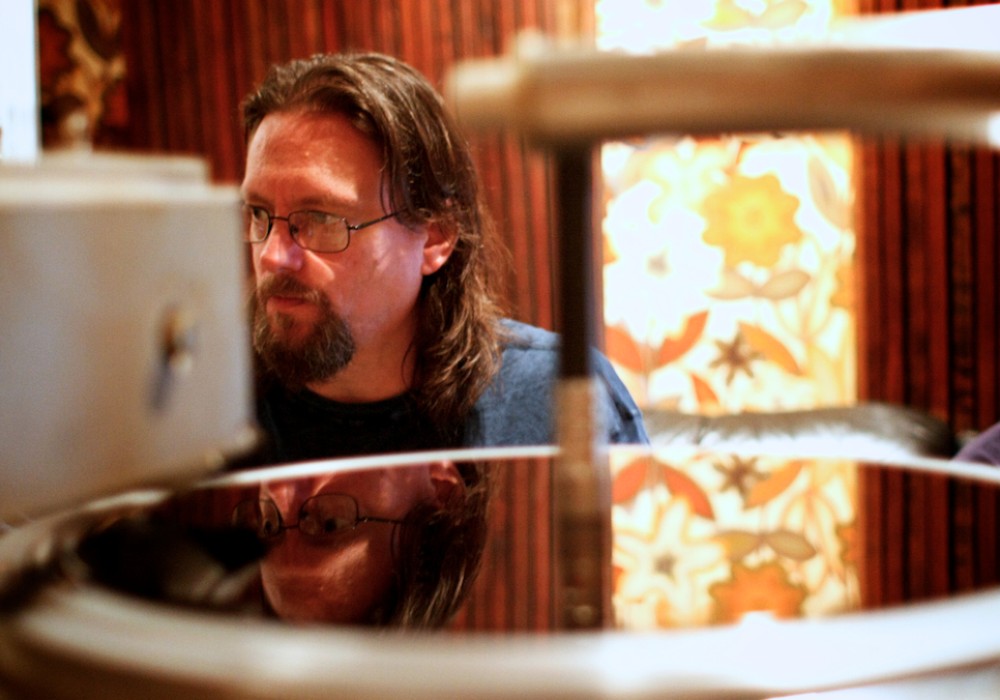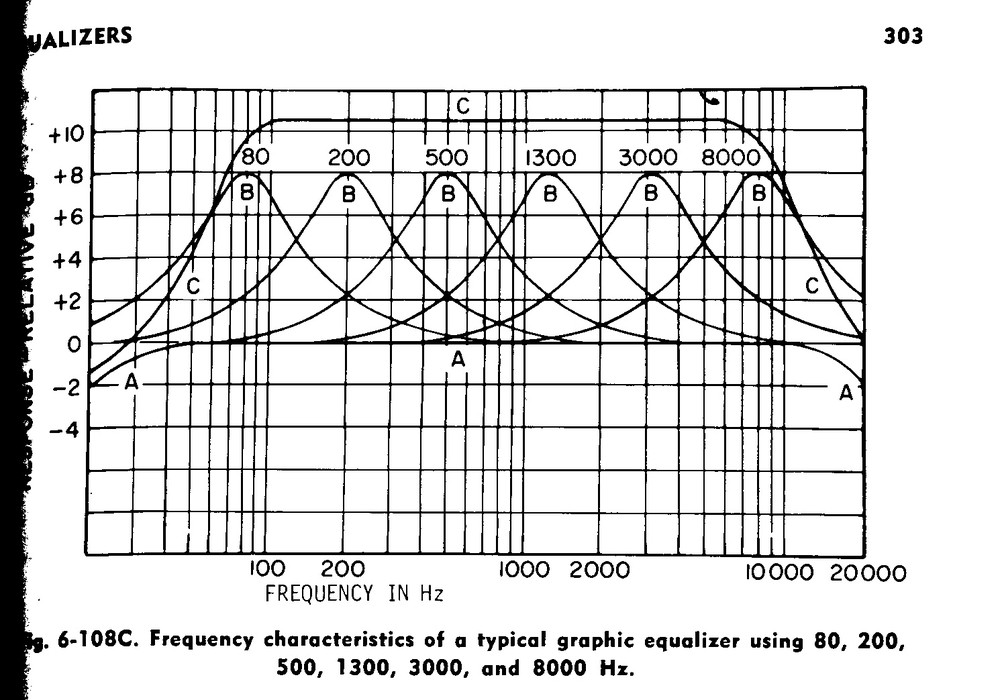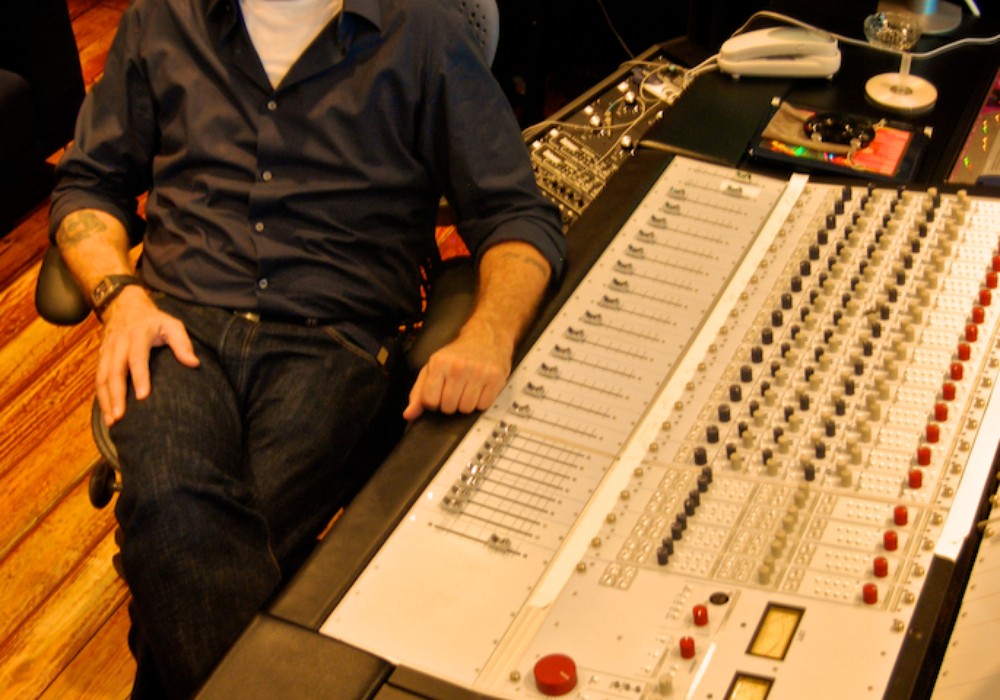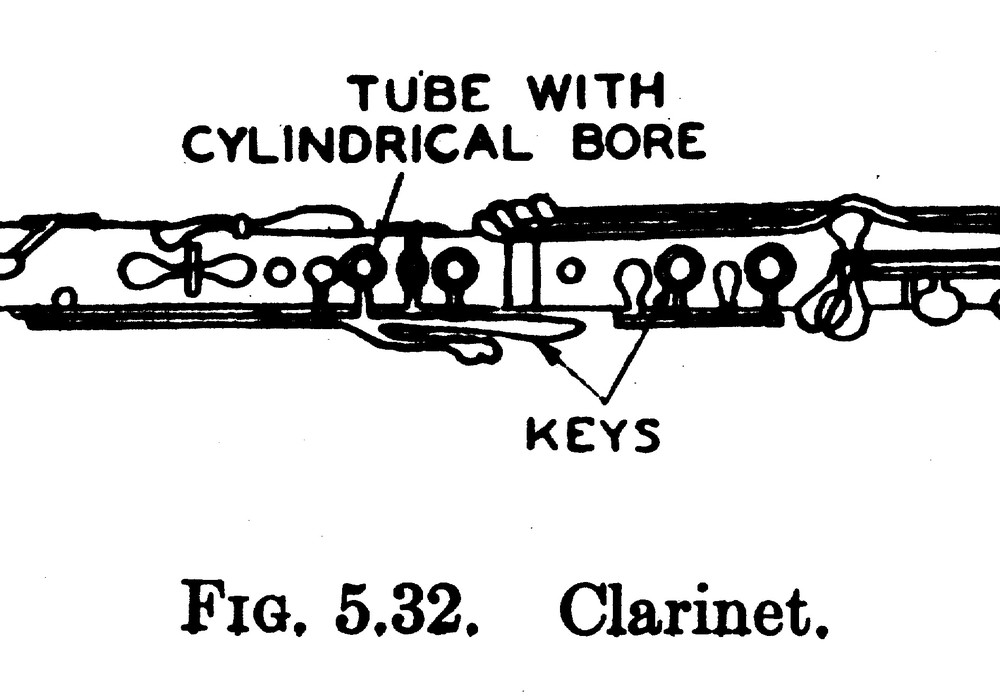Thomas Fine is the son of Mercury Living Presence producer Wilma Cozart Fine and engineer C. Robert Fine. His description of the Mercury technique is based on firsthand accounts by his parents and associate engineer Bob Eberenz, along with the Mercury session books and truck equipment manifests, plus recording information printed on commercially-released albums.
The Mercury Living Presence recording technique, associated with C. Robert Fine, dates from the late 1940s (the first official Mercury Living Presence recording was made in April, 1951) and started out as a single-microphone method to make a full- range monophonic recording of a symphony orchestra.
Following service in the Marine Corps in WWII, Fine worked as the engineer at Majestic Records' studio in Manhattan. The studio was used to make 78 RPM sides for Majestic as well as other labels, including John Hammond's Keynote Records. Hammond and Fine shared recording ideas and experiences during those sessions; both were sympathetic to the philosophy of using the minimum number of microphones to achieve the desired sound pickup. The philosophy evolved into using a single Altec microphone, probably a 639 "Birdcage," on the Hammond-produced 1947 recording of Igor Stravinsky conducting his Concerto in E-flat (Dumbarton Oaks) (Keynote DM-1, later released on Mercury).
By then Fine was also doing sessions at Reeves Beaux Arts Studios in Manhattan. Majestic Records shut down in 1948 and Fine moved to Reeves as head of disc- recording operations. By 1949 Reeves was also recording sessions to the then-new magnetic tape. Hammond sold Keynote to Mercury Records in 1948 and headed Mercury's classical department. He and Fine continued to make albums of chamber-orchestra groups in New York, often using the single-mic technique. The LP era dawned at that time and disk fidelity continued to improve, making the clarity and natural balance of the single-mic technique all the more desirable. In December 1950 Fine made his first full-orchestra recording with a single microphone, documented as the first American orchestral recording, with a Neumann/Telefunken U47. The recording was William Schuman's "Judith" and "Undertow" ballet scores, performed by the Louisville Orchestra and recorded in Reeve's large scoring studio.
In April of 1951 Fine traveled to the Windy City to make Mercury's first recordings with the Chicago Symphony, under Rafael Kubelik. Having experimented with single-microphone recordings in New York studios, as well as other venues, Fine took along a Telefunken/Neumann U47 tube condenser mic, which was then relatively unknown in the States. From experiments and intuition, Fine opted to place the microphone slightly behind and above the conductor's podium. He then fine-tuned the placement based on listening to monitor speakers as the
orchestra rehearsed. For this session the recording was done remotely, via a dedicated telephone line at Universal Recording Studios. Engineering legend Bill Putnam acted as tape op. Despite the fact that telephone line noise and crackle can be heard, the recording translated to mono LP excellently. Kubelik's reading of Ravel's arrangement of [Modest] Mussourksky's "Pictures At An Exhibition" quickly became a hit for Mercury's young classical division. New York Times music critic Philip Taubman described the sound "as if being in the living presence of the orchestra." The Mercury sound then became the standard-bearer for classical music in the early LP era. The U47 microphone gained its own cult status, helped along by a feature article in the Saturday Evening Post magazine.
Bob Fine and Mercury producer Wilma Cozart watched keenly as stereo playback in the home came nearer to fruition. Fine was well aware of multi-channel sound benefits and recording techniques, having worked as a film sound mixer since the 1940s. Cozart was a firm believer in the benefits of stereo for classical recording and reproduction, given the ability to add greater width and depth to the sound and more precise focus to the orchestra and its players. Mercury began doing experimental 2-channel stereo recordings in 1954, but none of the results passed muster. Fine and Cozart thought the 2-channel mic setups and techniques, be it crossed pairs or spaced omni- directional mics, either left too much of a hole in the center or constricted the sides. It also didn't allow for full-width and full-depth results. Their approach was strong-center, since the mono recordings were so successful with a single center-focused microphone.
In 1955, the Mercury team decided to record in 3- channel stereo, feeding each track on a 1/2" tape directly from left, center and right microphones. The thinking was three-fold: 1) Preserve the "gold standard" commercial viability of their mono work by keeping the center single-mic approach for the mono masters, with the assumption that mono LPs would be around for a long time, even after the stereo LP was brought to market (this happened in 1958). 2) A three channel/three mic approach is a natural outgrowth of single mic mono recording and, at the time, there was considerable talk of a 3-channel home playback format (which never materialized). 3) A 3-spaced omni mic approach makes for easy mix-down to 2-channel stereo, which was on the immediate horizon in the form of mass-duplicated 2-track reel-to-reel tapes. The first 3- channel recordings were made with the logical expansion of the single-channel technique: three
spaced Telefunken/Neumann U47 mics in the omnidirectional mode of operation. The U47's coloration, an upper-midrange bump in response, was accentuated by multiplying the number of mics and increased the focus on individual instruments and sections. Cozart and Fine decided to try some other microphones. One short-lived approach was to use a U47 in the center and a pair of Telefunken/Neumann KM56 small-capsule condenser mics on the sides.
Fine had been using a Schoeps M 201 mic for single-mic mono recording since 1953. The mic was handmade by the Schoeps family in their home, and Telefunken sold the mic in the States. Its greater sensitivity, as well as a different kind of "presence bump," made it better than a U47 because it could be hung a bit further back. It could also be hung higher while still achieving excellent clarity for strings and woodwinds. From mid-1956 until early 1959, the stereo go-to setup was the aforementioned M 201 in the center and two KM56s on the sides, with a few exceptions here and there. Finally, in 1959, Fine acquired enough of the M 201s to use them exclusively on Mercury Living Presence sessions (six mics were required for the go-to travel kit, as backups were mandatory for all key pieces of gear, given the expense of gathering a symphony orchestra for a recording session). The three-channel, three-Schoeps technique was thus standardized, and all Mercury Living Presence records from 1959 through 1964 (and most thereafter) used these mics and this technique.
The Mercury philosophy was to start with a strong and focused center, a one-mic soundstage that literally stands on its own as the monophonic version of a session. The placement of this mic is what's most crucial and what takes the most time and listening. Then, when the center mic's image is set, build the sides with the other two mics. In almost any venue with good acoustics, the sides will be on an even plane with the center mic at exactly, or about, the same height. Mercury would work with the conductor, and sometimes musicians would be shifted from their concert seating positions to better balance the different sections. Music dynamics were completely in the hands of the conductor and his orchestra. No recording techniques were used to enhance or limit dynamics at Mercury sessions, and indeed no outboard gear was present on the recording truck.
In mastering LPs (and later CDs), Wilma Cozart (who married Bob Fine in 1957) would begin the three tracks to two tracks mixdown by setting the proper level on the center channel. She would then build the sides so as to build out the stereo image for the most natural width and depth. Usually the individual channel levels would be almost identical on her custom-made Westrex console. The underlying aesthetic was to present the listener with a coherent and natural "sound picture" that accurately reflected the orchestra, hall space and conductor's vision of balance and dynamics.
This technique and philosophy translated to other settings and genres. Rock engineer Eddie Kramer [Tape Op #24] used what he called the "Bob Fine method" to mic drums on some Led Zeppelin sessions, he'd set the center mic low, focusing on the kick and snare, with the side mics higher and focusing on the overall set. The method is also employed for individual sections, or whole ensembles in large-group work like film scoring. Telarc International widely used a variation of the technique in their critically-acclaimed classical recordings. Even in a small space, three spaced omni mics can sometimes produce pleasing results when compared to crossed-pair mics. Modern engineers seem to favor single-body stereo mics and various matrix- crossed pair techniques, but many of them have not used three spaced omnidirectional mics at all, or with any regularity. A variation that can be used in some spaces is a single omni in the center and a crossed-pair of cardioids aimed at the sides. This will result in less depth or width than three omnis, but might be ideal for tighter ensembles with fewer players than a full orchestra.
A young engineer can learn the Mercury technique by starting out just as Bob Fine did — by using a single mic to record an entire ensemble. It could be a local string quartet, a jug band or even a rock group that is able to balance its levels correctly. Experiment with mics, placement and rooms. Figure out how a "classic" omnidirectional mic's "presence boost" can be used to your advantage, combating the fact that higher frequencies dissipate faster than lower frequencies in a typical recording space. Find the spot of ideal focus and balance. Next add two similar, or same omnidirectional, mics to the sides. Experiment with the distance from the center but keeping on the same plane, and make the side mics closer or farther, higher or lower compared to the center. Find the ideal focus and stereo image. And, of course, keep good notes as you go along.
Today's engineers also have greater choices in omnidirectional mics. Small capsule electrostatic models offer nearly ruler-flat response through the audible frequencies. Combined with modern, high- resolution digital recording, one can expect a very clean and natural sound field. Keep in mind that the elimination of microphone frequency bumps and dips (as well as a tape recorder's inherent colorations) will also critically expose shortcomings of any acoustic environments. Poor choices with mic placement or center to sides balance and non-ideal balance and dynamics on the part of the conductor and musicians can also come to the fore. In other words, along with the blessing of "closer to perfect" sound comes the burden of lifting the performances and recordings up to top- notch at all times.
The bottom line: this old school "less is more" technique keeps the focus on the musicians and the musical balance rather than the gear, and it is a good test of an engineer's ears and technical chops.
Check out a great piece on Fine Recording: www.preservationsound.com/?p=3939
